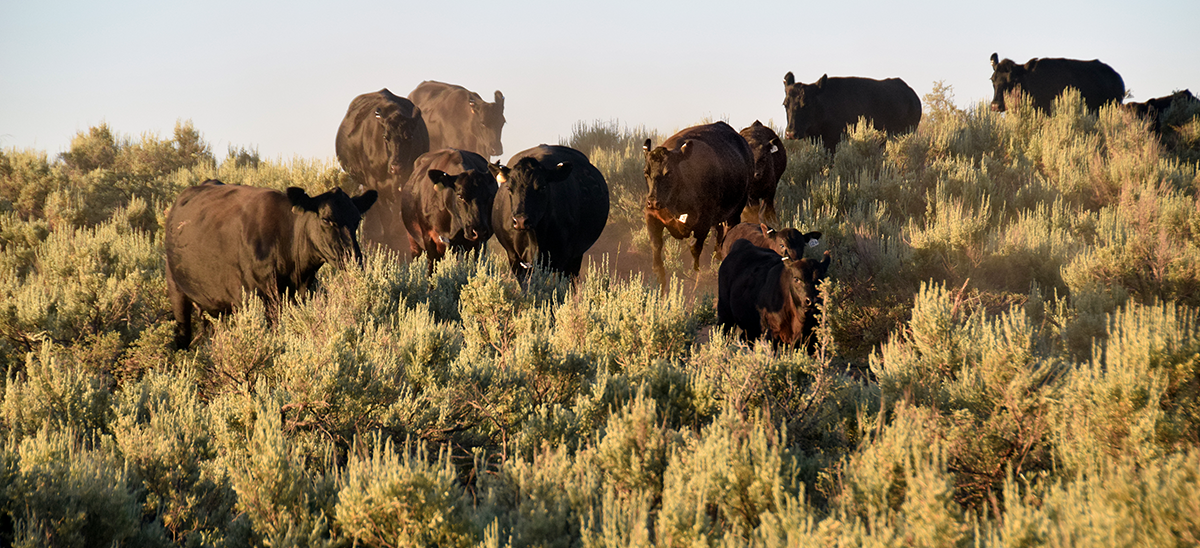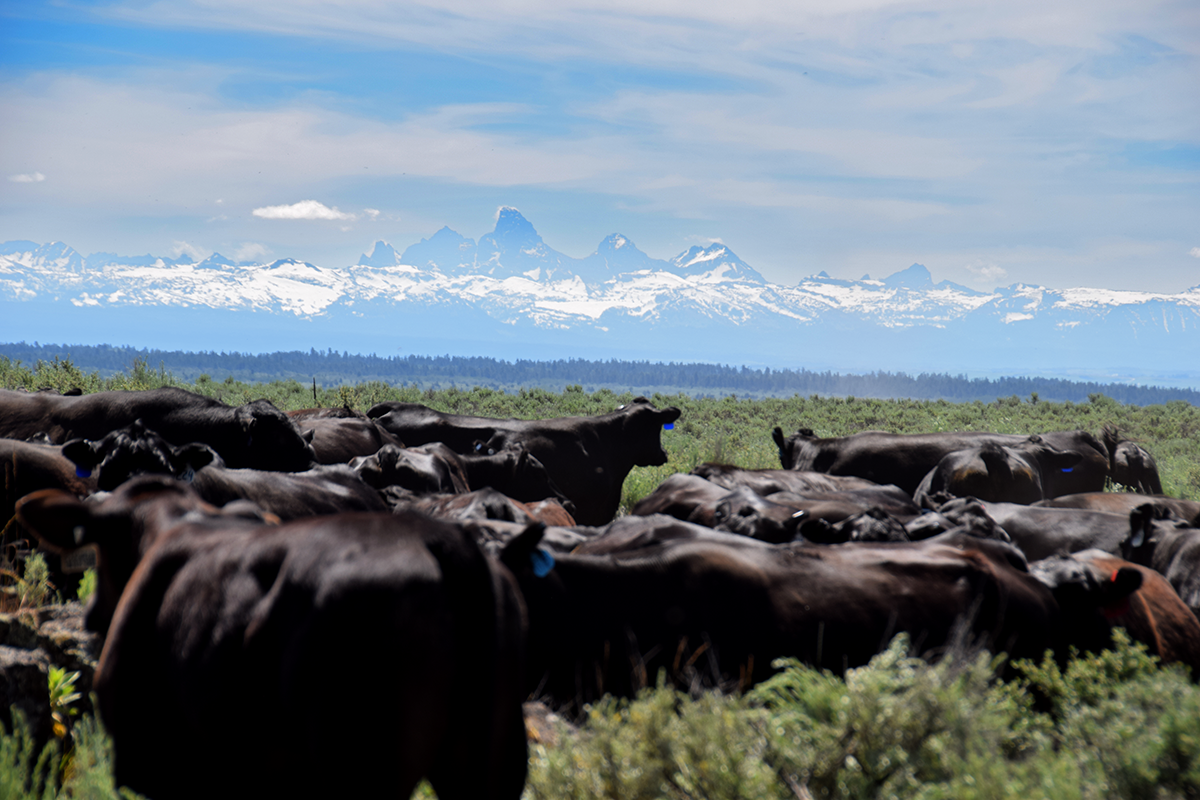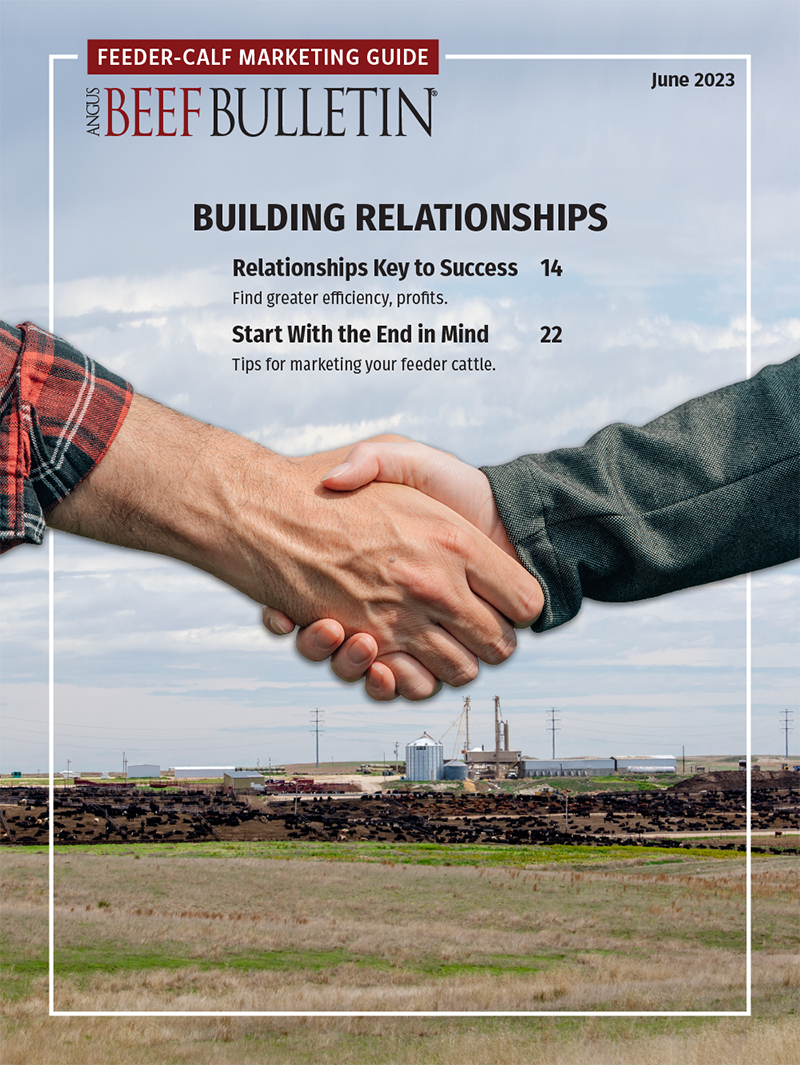
BLM Proposes Ambiguous Rule
Stakeholder groups across the country voice concern about “conservation” on BLM-owned public lands.
Is conservation a “use,” or is it a practice? Is it equivalent to grazing, mining, recreation or logging, which generate profit and benefit society? Can you purchase a 10-year lease on a Bureau of Land Management (BLM) allotment and do nothing with it in the name of “conservation?”
A newly proposed rule may open the door for such a thing to occur.
Of all the government agencies, the BLM should be able to accurately define the term “conservation.” However, in its latest proposed rule, “Conservation and Landscape Health,” the agency, whose mission is to manage public lands “in a manner which recognizes the Nation’s need for domestic sources of minerals, food, timber and fiber from the public lands,” struggles to identify what conservation is, says Russ Hendricks, director of governmental affairs, Idaho Farm Bureau Federation (IFBF). That is where the confusion and concern begin.
In short, the rule makes conservation a way to use public lands — quite possibly offering unprecedented opportunities to environmental groups to advance their goal of preservation at all costs.
In 1976 Congress passed the Federal Land Policy Management Act (FLPMA). Its purpose was to guide the BLM on how the land should be managed for multiple use. FLPMA names mining, grazing, timber and recreation as uses, but it never specifically mentions conservation as a use, explains Hendricks.
“Now they are saying implicit in that Act is conservation. So, they are going to elevate conservation to be on par with all other authorized uses on the land,” he says. “Every sector that has been using BLM lands since 1976 is concerned that this new rule is going to be used to reduce or eliminate these other Congressionally authorized uses and that “conservation” is going to be the dominant use across the land.”
It begs the question: What is conservation? The BLM defines conservation as maintaining resilient functioning ecosystems by protecting or restoring natural habitat and ecological function.
What, then, is protection and restoration? Protection is the act or process of conservation by preserving the existence of resources, while keeping resources safe from degradation, damage or destruction. Restoration is the process or act of conservation by assisting the recovery of an ecosystem that has been degraded, damaged or destroyed.
“They are defining each word with the other word,” he says.
From a rancher’s perspective, responsible grazing is an act of conservation, so it would fall within the proposed rule. But, what about the other side’s interpretation? Some environmental groups view grazing as damaging and degrading to the landscape, and they would jump at the chance to remove all domesticated livestock from public lands.
Hendricks raises another red flag: No stakeholder groups were alerted to the proposal or invited to provide any scoping or discussion ahead of time, he explains. The proposal was published in the Federal Register on April 3, 2023, with a 60-day comment period ending June 20, 2023.
“That’s not the way that NEPA (National Environmental Policy Act) works,” Hendricks states.
The frustration stems from years of back-and-forth rule changes from the BLM. The pendulum swings with each president’s administration, and Hendricks says he suspects there is urgency to get this finalized before another possible change.
Cattle and sheep grazers are obviously very concerned about the potential changes this rule could bring. Other groups are concerned, as well. Hendricks referenced a county commissioner from Idaho, whose county maintains several roads that cross BLM lands.
“They have to get permission to maintain the roads,” he explains. “They are concerned that this is going to cause problems with that, that they are going to end up having areas of their county they can’t get to or maintain the roads on.”
The Idaho Department of Water Resources is concerned about continuing to locate and use aquifer recharge sites on BLM lands. Mining and recreation groups are worried about access and ongoing operations.
The Public Lands Council and American Farm Bureau Federation are working together to submit comments on the national level. Hendricks is working within IFBF and other western states’ Farm Bureaus to submit comments at the state level.
Submit your own comments here or contact your preferred agriculture advocacy group for more information or help.
Editor’s note: Paige Nelson is a freelance writer and cattlewoman from Rigby, Idaho.

The BLM claims public lands are increasingly degraded and fragmented, but it doesn’t cite any studies or evidence for that assertion, says Russ Hendricks, Idaho Farm Bureau Federation.



